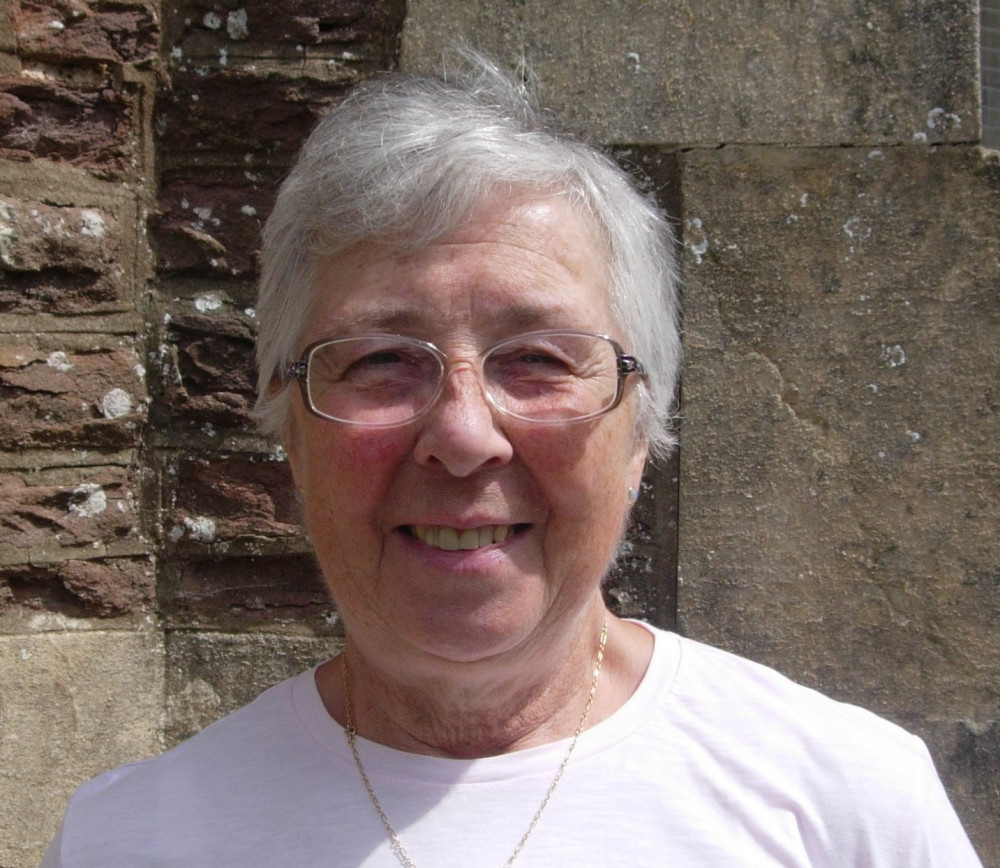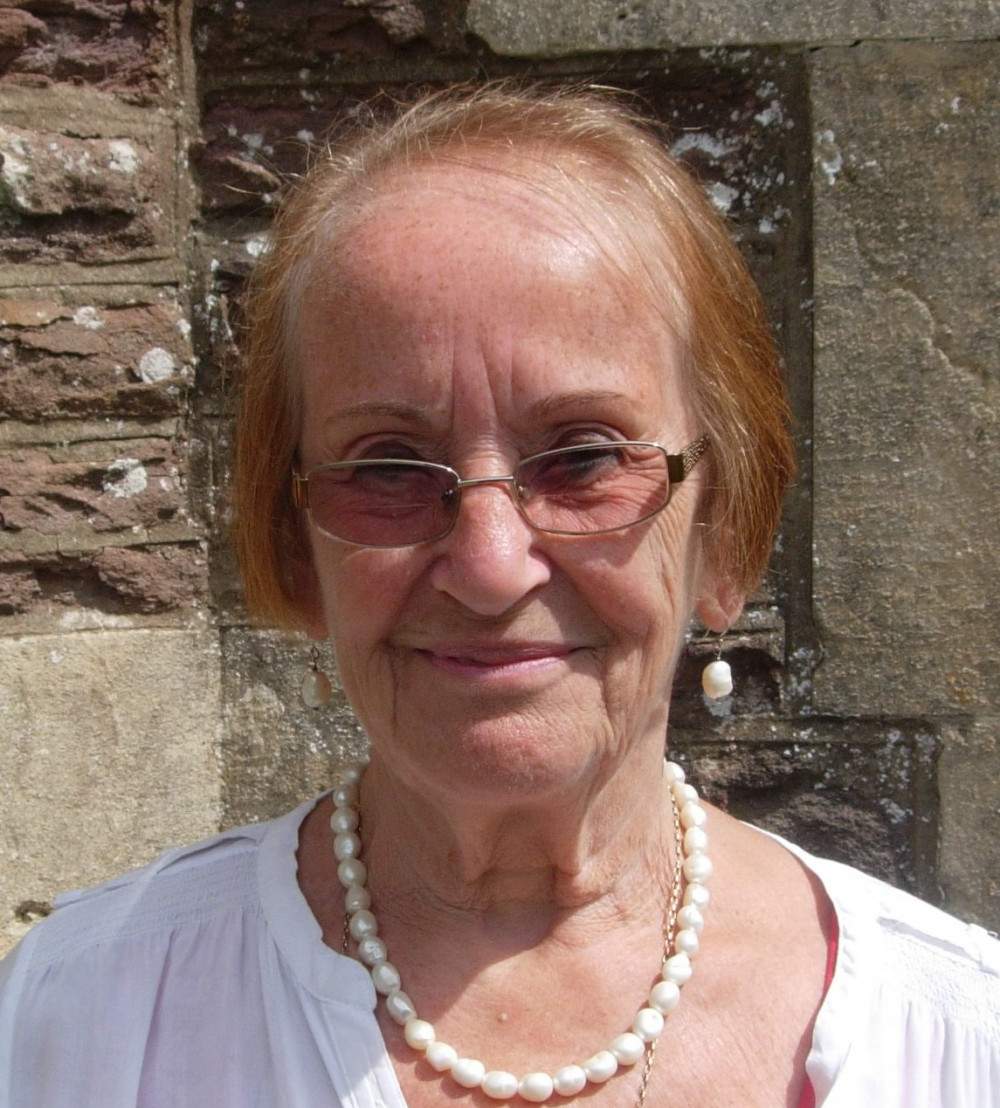Sundays |
||||||
|
1st Sunday: |
10.30 |
Sung Eucharist |
| |
2nd Sunday: |
10.30 |
Celtic Communion |
|
3rd Sunday: |
10.30 |
Sung Eucharist |
| |
4th Sunday: |
10.30 |
Spiritual Space |
Fridays |
||||||
|
8:40 |
Morning Prayer |
| | 9:15 | Said Eucharist | ||
St. Peter’s Frampton Cotterell is a vibrant church with roots in the liberal-catholic tradition and a love of creativity.
We aim to give thanks to our Lord and to serve the village and the wider community through our worship, care and outreach to people of all ages. We have a close relationship with Frampton Cotterell C of E school. The church and school are at the heart of the parish.
St Peter’s Church building is a combination of a beautiful mid-Victorian nave and chancel combined with a twelfth century tower. It is situated on Church Road alongside the River Frome.
For information about baptisms, weddings and funerals please click here.
Churchwardens
| Mark Watkins - Click here to contact |
Pastoral Visitors
 |
 |
| Rose Birch | Diana Dunn |
If you or someone you know in our community would like a visit from one of our Pastoral Visitors, or simply need someone to talk to, we have a team of local volunteers. Our team from St Peter's Church have received training and maintain high standards of confidentiality.
For more information pleasse contact Pearl on 01454 314184
St Peter's PCC Policies
| Complaints | Conflict of Interest | Dignity at Work |
| Disciplinary | Grievance | Speaking Out (Whistleblowing) |